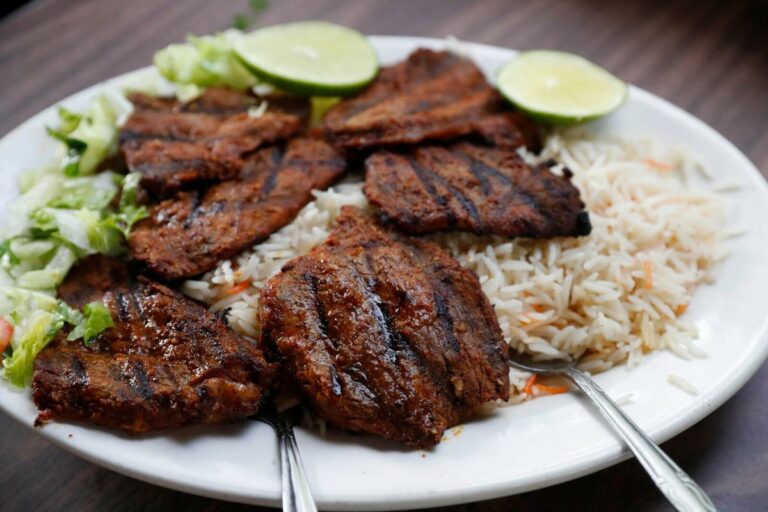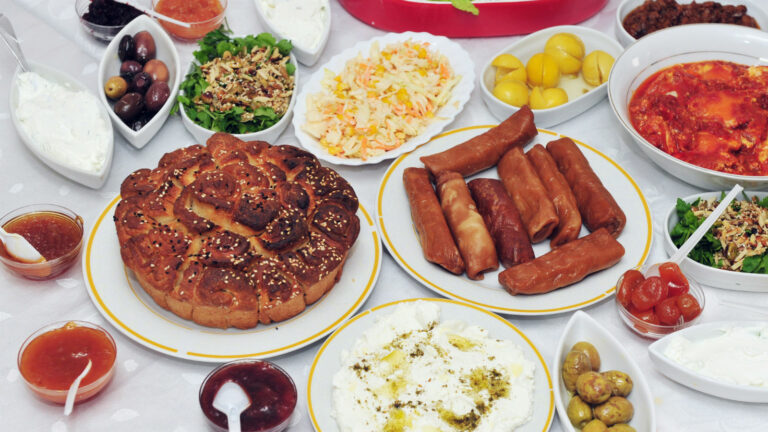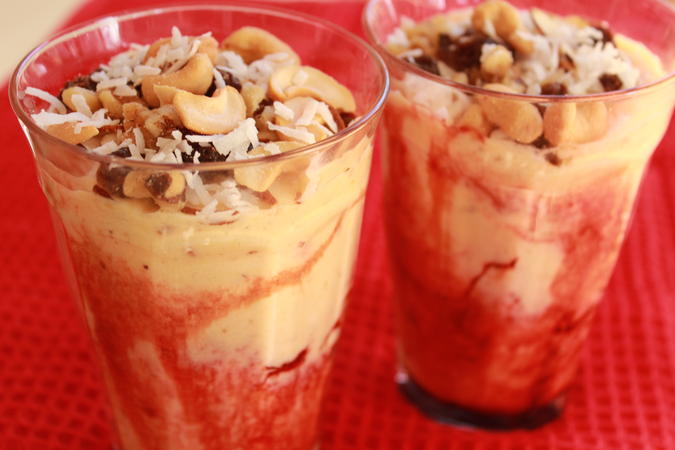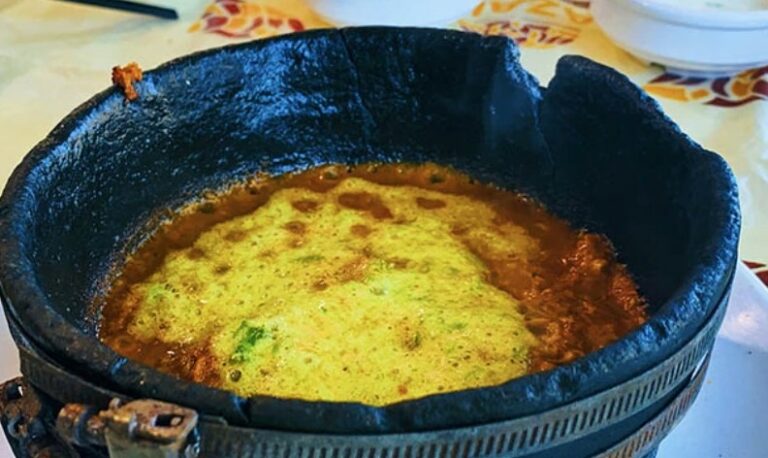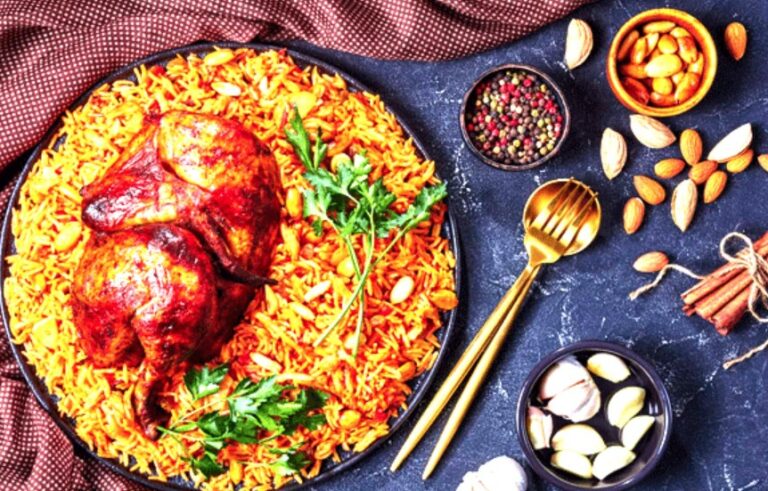Introduction: Yemen’s Culinary Scene
Yemen, a country located in the southwestern part of the Arabian Peninsula, is known for its rich food culture. The country’s cuisine is a blend of Arabian, African, and Indian influences, making it unique and flavorful. Yemeni food is often served with flatbread, rice, and spices such as cumin, coriander, and turmeric. Yemeni cuisine is not only delicious but also reflects the country’s social and economic history.
Exploring Traditional Yemeni Cuisine
Traditional Yemeni cuisine is prepared using fresh ingredients and traditional cooking methods. One of the most popular Yemeni dishes is Mandi, which is made with slow-cooked lamb or chicken and served with rice. Another popular dish is Salta, a stew made with meat, vegetables, and spices. Yemeni breakfast typically includes Ful, a dish made with fava beans, eggs, and spices. Yemeni cuisine also includes a variety of bread, including the popular flatbread called Malawah.
Yemeni Fusion Cuisine: A Blend of Flavors
Yemeni cuisine has recently undergone a transformation with the emergence of fusion cuisine. Yemeni chefs are now experimenting with new ingredients and cooking techniques to create fusion dishes that combine traditional Yemeni flavors with international cuisine. For example, Yemeni fusion dishes may include ingredients like avocados, cheese, and pasta. These dishes offer a unique dining experience for those who want to explore Yemeni cuisine in a new way.
International Cuisine in Yemen: A Limited Selection
While there are some international cuisine options in Yemen, the selection is limited. Most international cuisine options can be found in major cities like Sana’a and Aden. Some restaurants offer Chinese, Indian, and Turkish cuisine. However, it’s important to note that these restaurants may not serve authentic international food. Furthermore, due to the current political and economic situation in Yemen, some international restaurants may have limited menus or be closed.
The Influence of Globalization on Yemen’s Food Culture
Globalization has had a significant impact on Yemen’s food culture. The influx of foreign workers and the growth of tourism in recent years have led to an increase in demand for international cuisine. This has led to the emergence of international restaurants in Yemen. However, the influence of globalization has also led to a decline in traditional Yemeni cuisine. Many Yemenis now prefer fast food and international cuisine over traditional Yemeni dishes.
Finding International Cuisine in Yemen: Tips for Travelers
For travelers looking to explore international cuisine in Yemen, it’s important to do some research beforehand. Check online for reviews of international restaurants in the area you will be visiting. Ask locals for recommendations on the best international restaurants. However, it’s important to keep in mind that finding authentic international food in Yemen may be challenging. It’s also important to be cautious of the current political and economic situation in Yemen when traveling and dining out.





